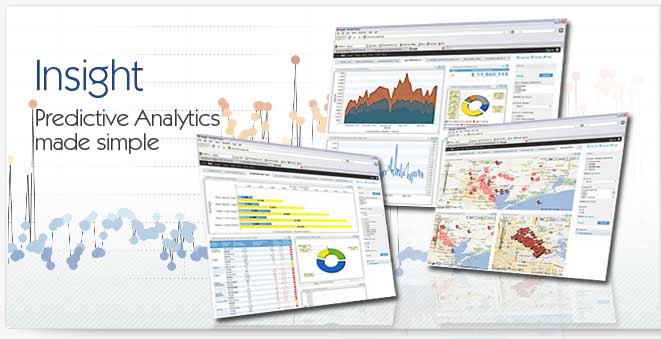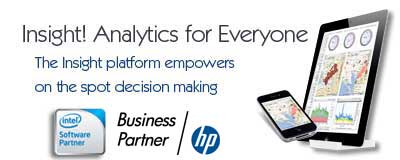Data Warehousing Data Mining
Data warehousing data mining is the process of combining key data
from multiple systems for the sole purpose of analysis. Data
warehousing data mining provides businesses with an easily accessible
store of critical data that is often used to enable business intelligence
- the analysis, reporting and charting of data for the purpose of understanding
key drivers to the business and key activities that have impact on
the business. As with many data intensive technologies, data
warehousing data mining has its roots in the Enterprise world, but
there are tools now available to small and mid-sized businesses that
make the use of data warehousing data mining significantly more approachable
and possible for the smaller organization. In order to understand
how to use data warehousing data mining successfully one must first
understand the driving factors that led to the creation of the technology
in the first place.
The Need for Data Warehousing Data Mining
The requirement for data warehousing data mining was born out of the
need to analyze business data. As large enterprise organizations
began to collect vast amounts of data on their customers, their vendors
and their business, they realized that in that data were hidden key
trends, indicators and patterns that if discovered and understood would
help them manage their business. Data mining was the first of
the two applications deployed and it provided businesses with the ability
to analyze vast amounts of data for the purpose of identifying trends. Unfortunately
these applications placed a heavy burden on the systems they were analyzing. The
concept of using an Extract, Transform and Load (ETL) tool to copy
vital data for analysis from multiple systems to a central repository
was the solution to the problem. This is a data warehouse - a
repository of data for the sole purpose of analysis. The combination
of the two is data warehousing data mining.
How Data Warehousing Data Mining Can Help You
As a small or mid-sized business the simple discussion of data warehousing
data mining will typically be encountered by shrugs. It's commonly
known that creating the necessary repositories to enable data warehousing
data mining is a costly and complicated process. Coupled with the fact
that data mining applications are notoriously difficult to use and
it makes for a recipe for disaster for the mid-sized business. This,
however, does not need to be true. New tools have become available
that make the process of data warehousing data mining significantly
easier to achieve and even easier to take advantage of.
Through
tools like EMANIO's Unite! and Insight! applications
a mid-sized business can create data warehousing data mining projects
for a fraction of the cost typically associated with such projects. Coupled with
the amazing ease of use of Insight! data mining application, the two
make the promise of data warehousing data mining come true for the
mid-sized business.
Preparing for Data Warehousing Data Mining
There is one aspect of preparing for data warehousing data mining
that even the mid-sized business needs to consider. This is the
cleanliness of your data. Dirty data in the form of missing fields,
fields that have improper elements in them and data that is simply
corrupt are the single biggest obstacle to a successful data warehousing
data mining project.
Getting the Most out of Data Warehousing Data Mining
As you begin to use your data warehousing data mining infrastructure
it's important to continuously re-evaluate whether the data being stored
and analyzed by data warehousing data mining is the right data. As
businesses change and evolve it's important to evolve the use of data
warehousing data mining with them. The process of creating and
deploying data warehousing data mining is circular in nature and should
always be realigned with the needs of your business on a consistent
basis.
|



